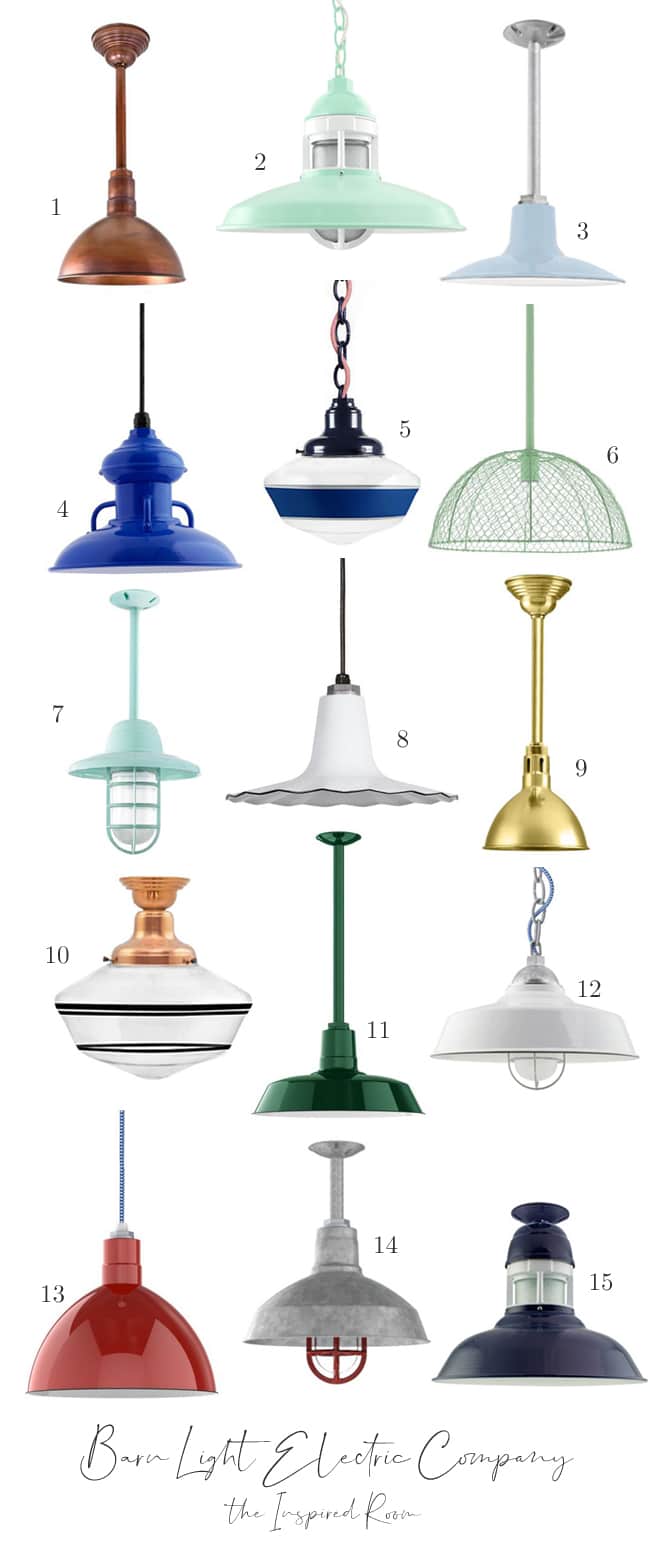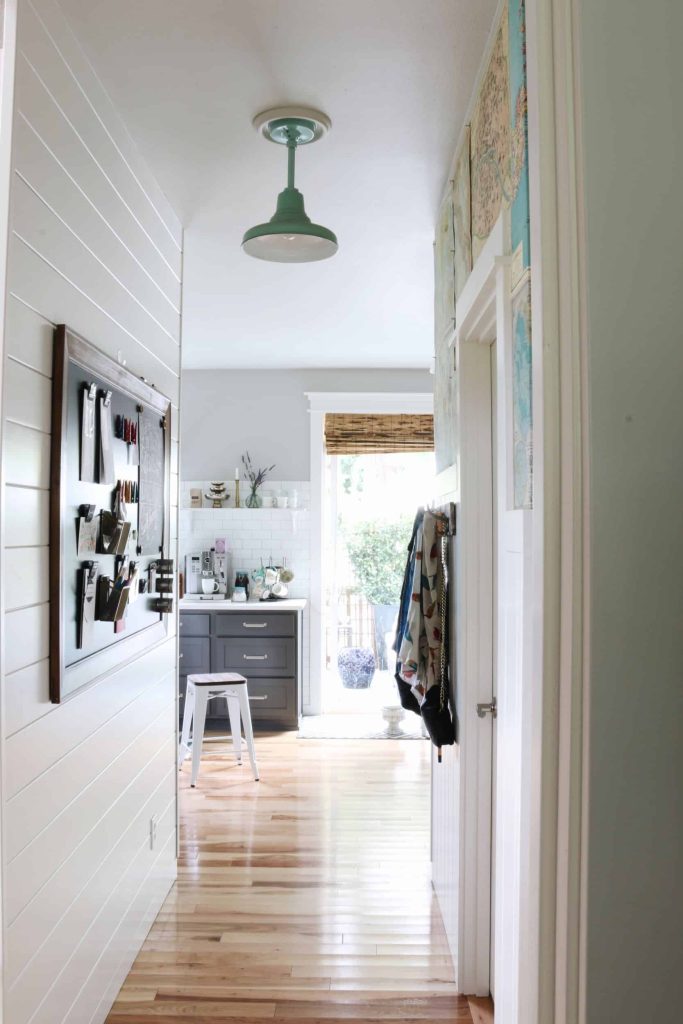

How to Use Decorative Bulbs to Add Character to Fixtures. Tired of bland, boring lighting? Want to instantly elevate the style of your home without breaking the bank? The answer may be simpler than you think: decorative bulbs! Decorative bulbs are more than just a source of light; they’re a powerful design tool that can dramatically alter the mood and aesthetic of any room. Many homeowners struggle with finding the right balance between functional lighting and aesthetically pleasing design. This guide will walk you through selecting and installing decorative bulbs to add personality and charm to your existing light fixtures, transforming your home into a space that truly reflects your personal style. We will cover choosing the right bulb type, considering color temperature and finishes, and ensuring safe installation practices.
Choosing the Right Decorative Bulbs
Understanding Bulb Types
The world of decorative bulbs is vast and varied. From Edison bulbs with their vintage charm to sleek, modern LEDs, the options can be overwhelming. Understanding the varied types is crucial. Incandescent bulbs offer a warm, inviting glow but are less energy-efficient. LEDs are far more energy efficient and offer a wide scope of color temperatures and styles. Halogen bulbs offer bright, crisp light, while CFLs (compact fluorescent lamps) are energy efficient but can take time to warm up to full brightness. Consider the style of your fixture when making your selection. A modern chandelier might pair well with sleek, minimalist LED bulbs, while a vintage pendant light might benefit from the warm glow of an Edison bulb.
Considering Bulb Shape and Size
Bulb shape significantly impacts the overall aesthetic. Common shapes include A19 (standard), globe, candle, and globe shapes. The size of the bulb should complement the size of your fixture to maintain visual balance. An oversized bulb in a small fixture will look awkward, and vice versa. Always check the dimensions of both the bulb and the fixture to ensure a proper fit.
The Importance of Color Temperature
Color temperature, measured in Kelvin (K), refers to the warmth or coolness of the light. Lower Kelvin values (2700K-3000K) produce warm, yellowish light, ideal for creating a cozy and inviting atmosphere in living rooms or bedrooms. Higher Kelvin values (5000K-6500K) produce cooler, bluish light, suitable for kitchens or bathrooms where bright, task-oriented lighting is needed. Consider the mood you want to create in each room when choosing the appropriate color temperature.
Exploring varied Finishes
Beyond color temperature, the finish of the bulb can also enhance its aesthetic appeal. Many decorative bulbs come in various finishes, such as clear, frosted, or even colored glass. A clear bulb will showcase the filament (in the case of an Edison bulb), while a frosted bulb will offer a softer, diffused light. Colored bulbs can add a pop of color and personality to your lighting scheme.
Installing Decorative Bulbs Safely
Checking Fixture Compatibility
Before installing any decorative bulb, always check the compatibility with your light fixture. This information is usually found on the fixture itself or in its instruction manual. Pay close attention to wattage limits; using a bulb with a higher wattage than recommended can be a fire hazard. Also, confirm the correct bulb base type (e.g., E26, E12) to ensure a secure fit.
Understanding Wattage and Energy Efficiency
Wattage indicates the amount of power a bulb consumes. Lower wattage usually means greater energy efficiency, leading to lower electricity bills. However, this doesn’t always equate to less brightness. LEDs, for instance, can produce comparable or even greater brightness than incandescent bulbs with lower wattage.
Following Safety Precautions
Always turn off the power to the light fixture before handling any bulbs. This is crucial to avoid electric shock. Use a ladder or step stool if needed to reach higher fixtures, and ensure that the surface is stable and secure. If you are uncertain about any facet of the installation process, consult a qualified electrician.
Enhancing Your Home’s Style with Decorative Bulbs
Creating Ambiance with Lighting
Decorative bulbs can significantly impact the overall ambiance of a space. Warm-toned bulbs create a cozy atmosphere, perfect for relaxation and entertaining. Cooler-toned bulbs offer a more energetic feel, suitable for areas needing focus and concentration. Experiment with varied color temperatures to find the perfect balance for each room in your house. Consider dimmers for added control over the intensity and mood of your lighting.
Matching Bulbs to Interior Design
The style of your decorative bulb should ideally complement your existing interior design. A rustic farmhouse kitchen might benefit from vintage-style Edison bulbs, while a contemporary living room might look stunning with sleek, minimalist LEDs. Consider the overall color palette and architectural style of your home when making your selections.
Showcasing Unique Architectural attributes
Decorative bulbs can highlight architectural details, such as vaulted ceilings or exposed beams. Strategically placed lights can draw attention to these elements, adding depth and character to your home’s interior design. Incorporate uplighting or downlighting to create dramatic effects and highlight specific areas you want to showcase. Don’t be afraid to play around with placement and angles to find the most aesthetically pleasing arscopement.
Beyond the Basics: Exploring Advanced Techniques
Layering Light Sources
For a truly sophisticated lighting scheme, consider layering multiple light sources. Combine ambient lighting (general illumination), task lighting (for specific activities), and accent lighting (to highlight attributes) to create depth and visual interest. Use a variety of decorative bulbs to add character to each light source. For instance, you might use warm-toned bulbs for ambient lighting and cool-toned bulbs for task lighting.
Experimenting with varied Bulb Styles
Don’t be afraid to experiment! Try varied bulb styles in the same fixture to create a unique and eclectic look. Mix and match various shapes, sizes, and colors to develop a personalized aesthetic that reflects your individuality. This can create visual appeal and make your home stand out from other houses.
Incorporating Smart Bulbs
Smart bulbs offer added convenience and customization options. These bulbs can be controlled remotely via a smartphone app, allowing you to adjust brightness, color temperature, and even create custom lighting schedules. Smart bulbs can add a touch of modernity and sophistication to any home lighting design, while also improving convenience and energy efficiency.
Maintaining Your Decorative Bulbs
Cleaning and Care
Regular cleaning can help maintain the beauty of your decorative bulbs and ensure optimal light output. Gently wipe the bulbs with a soft, dry cloth. Avoid harsh chemicals or abrasive cleaners, as these can damage the bulb’s surface or finish. If you’re unsure how to optimal clean a particular bulb type, always check the manufacturer’s instructions.
Replacing Bulbs Over Time
Over time, decorative bulbs will inevitably need to be replaced. This is especially true for incandescent bulbs, which have a shorter lifespan than LEDs. When replacing a bulb, always ensure you’re using a compatible replacement, paying attention to wattage, base type, and other pertinent specifications. Always switch off the power before replacing a bulb to avoid shocks.
Troubleshooting Common Issues
If a decorative bulb malfunctions, check for loose connections or a blown fuse. If the issue persists, consider replacing the bulb. If multiple bulbs fail, there might be an underlying problem with the electrical wiring. In such cases, consult a qualified electrician for assistance.
In conclusion, using decorative bulbs to add character to your light fixtures is a simple yet effective way to transform your home’s ambiance. By carefully considering bulb shape, size, color temperature, and finish, you can create a personalized and stylish look that reflects your unique taste. Remember to always check fixture compatibility and safety instructions before installation. Don’t hesitate to experiment and have fun with the process! Transform your space today with the perfect decorative bulbs.